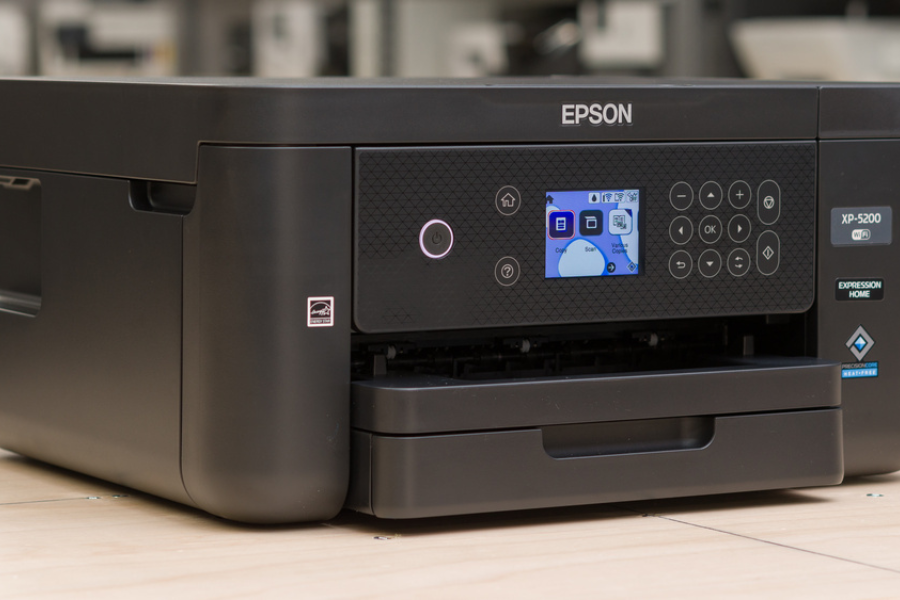Introduction
Struggling to connect your printer to the internet? Whether you’re setting up a new device or troubleshooting an offline printer, understanding how to put your printer online can make printing effortless. This printer setup for beginners guide walks you through simple steps to get your printer online, whether it’s wired or wireless. We’ll also explore wireless printer setup guide tips to help you print from any device with ease.
Why Connect Your Printer to the Internet?
Having an online printer enhances convenience and efficiency. Here’s why you should set up your printer for online access:
- Print from any device: Easily send print jobs from your smartphone, tablet, or computer.
- Wireless convenience: No need for cables; you can print from anywhere within your network range.
- Cloud printing support: Use services like Google Cloud Print and Apple AirPrint.
- Remote troubleshooting: Some printers allow manufacturers to diagnose and fix issues remotely.
- Faster printing: An online printer can process print jobs more quickly compared to a USB-connected device.
- Multiple device access: A networked printer can serve multiple users in a home or office environment.
Connecting Your Printer to the Internet
Follow these step-by-step instructions to get your printer online quickly.
Step 1: Check Your Printer’s Compatibility
Before starting, ensure your printer supports wireless or network connections. You can verify this by:
- Checking the printer’s manual or specifications.
- Looking for Wi-Fi or Ethernet symbols on the device.
- Searching the manufacturer’s website for online printing features.
- Confirming support for AirPrint (Apple devices) or Google Cloud Print (Android/Chromebook devices).
Step 2: Connect Your Printer to the Network
For Wi-Fi Printers
- Power on your printer and navigate to the Wi-Fi settings from the control panel.
- Select your home Wi-Fi network from the available options.
- Enter the Wi-Fi password when prompted.
- Confirm the connection and wait for the printer to establish the link.
- Print a network configuration page to verify the connection.
For Wired (Ethernet) Printers
- Connect an Ethernet cable from the printer to your router.
- Wait for the printer to obtain an IP address from the network.
- Check the printer’s display or settings to confirm the connection.
- If needed, configure the IP settings manually using your printer’s control panel.
Step 3: Install Printer Drivers
To ensure compatibility with your computer, install the necessary printer drivers. Here’s how:
- Windows Users:
- Open Settings > Devices > Printers & Scanners.
- Click Add a Printer, then select your device.
- If drivers are missing, download them from the manufacturer’s website.
- Mac Users:
- Open System Preferences > Printers & Scanners.
- Click + and choose your printer from the list.
- If prompted, install the required software.
- For Mobile Devices:
- Install the manufacturer’s app (e.g., HP Smart, Brother iPrint&Scan, Canon PRINT) from the App Store or Google Play.
- Follow on-screen instructions to add your printer.
Step 4: Add Printer to Your Device (Windows, Mac, or Mobile)
Once the printer is connected to Wi-Fi or Ethernet, add it to your devices:
On Windows
- Go to Settings > Devices > Printers & Scanners.
- Click Add a Printer, then select your printer.
- Follow the installation prompts.
- Set the printer as default if necessary.
On macOS
- Open System Preferences > Printers & Scanners.
- Click + to add your printer.
- Choose AirPrint if available for seamless integration.
On Mobile Devices
- iPhone/iPad:
- Use AirPrint by selecting Print from an app and choosing your printer.
- Alternatively, download the manufacturer’s app for additional features.
- Android:
- Use Google Cloud Print or the manufacturer’s app to set up wireless printing.
Step 5: Test Print and Troubleshooting
After setup, perform a test print:
- Open a document or photo.
- Select Print and choose your printer.
- Adjust the settings if necessary and print a test page.
Troubleshooting Tips
If your printer isn’t appearing online, try the following fixes:
- Restart your printer and router to refresh connections.
- Check network settings to confirm the printer is connected.
- Reinstall drivers if your computer does not recognize the printer.
- Reset the printer settings and redo the setup if problems persist.
- Disable VPNs or firewalls that may interfere with network connections.
- Move your printer closer to the router for better signal strength.
Common Printer Connection Errors and Fixes
- Printer offline error: Restart your devices and check printer status in settings.
- Cannot detect printer: Ensure both printer and device are on the same network.
- Slow printing speed: Reduce print quality settings or connect via Ethernet.
- Wi-Fi drops frequently: Update firmware and check router settings for interference.
Conclusion
By following this printer setup for beginners guide, you now know how to put your printer online effortlessly. Whether you use Wi-Fi, Ethernet, or mobile apps, having a wireless printer setup guide at your disposal makes printing more efficient. If you encounter issues, troubleshooting steps will help get your printer back online in no time. Regular printer maintenance, updating firmware, and ensuring a stable internet connection will help prevent future issues. Happy printing!
